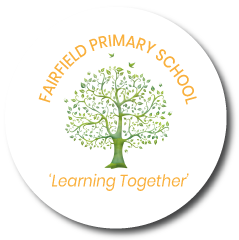The government have introduced a new reading guidance document that states we should use a scheme that has been validated by them.
We have chosen Little Wandle Letters and Sounds Revised reading scheme, which links closely to the old Letters and Sounds that we have used up until now. We use Big Cat reading books that are linked to the scheme, along with a selection of other books that have been matched to the scheme.
This link will take you to the parents’ page of the website which will show you how we teach the children to read and the resources we use. You can also find details of lesson plans and the ways we teach children to learn sounds (phonemes) and to blend these sounds to read words.
For parents | Letters and Sounds
In Reception, the children will learn a new sound each day from Monday to Thursday and will review the sounds each week.
Supporting your child with reading…
Although your child will be taught to read at school, you can have a huge impact on their reading journey by continuing their practice at home.
There are two types of reading book that your child may bring home:
- A reading practice book – This will be at the correct phonic stage for your child. They should be able to read this fluently and independently.
- A sharing book – Your child will not be able to read this on their own. This book is for you both to read and enjoy together.
Reading Practice Book
This book has been carefully matched to your child’s current reading level. If your child is reading it with little help, please don’t worry that it’s too easy – your child needs to develop fluency and confidence in reading.
Listen to them read the book. Remember to give them lots of praise – celebrate their success! If they can’t read a word, read it to them. After they have finished, talk about the book together.
Sharing Book
In order to encourage your child to become a lifelong reader, it is important that they learn to read for pleasure. The sharing book is a book they have chosen for you to enjoy together.
Please remember that you shouldn’t expect your child to read this alone. Read it to or with them. Discuss the pictures, enjoy the story, predict what might happen next, use different voices for the characters, explore the facts in a non-fiction book. The main thing is that you have fun.

